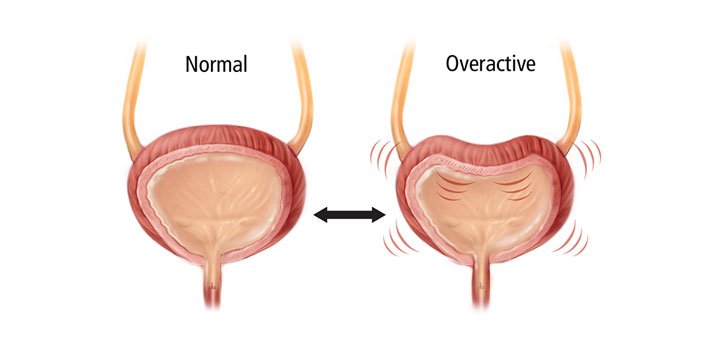Urinary Bladder Disorders – Symptoms, Types & Treatment
If you’re looking for reliable Urinary Disorder Treatment in Borivali, Nalasopara or the Western Suburbs of Mumbai, understanding the condition is the first step toward effective care. One of the most common bladder issues is urinary retention, where the bladder does not empty completely or at all while urinating.
The bladder functions as the body’s storage system for urine, which is produced by the kidneys. Urine passes from the bladder out through the urethra. When this process is disrupted, it can lead to discomfort, infection, and long-term health issues.
Types of Urinary Retention
There are two main types of urinary retention:
1. Acute Urinary Retention
This condition appears suddenly and is considered a medical emergency. The person is unable to pass urine at all, causing severe pain and bladder pressure. Immediate medical attention is necessary.
2. Chronic Urinary Retention
This develops gradually over time. Patients may not feel symptoms early on, but the bladder may consistently hold back urine, leading to infections and kidney issues.
Common causes include:
- Bladder or urethral blockage
- Enlarged prostate (in males)
- Medications
- Nerve damage or neurological disorders
Chronic urinary retention is more common in people assigned male at birth (AMAB) between ages 60–80, but it also occurs in females (AFAB), particularly due to pelvic floor problems or bladder inflammation.
When to See a Specialist?
Early evaluation by a trained bladder and kidney specialist helps prevent complications such as infections, kidney swelling, and long-term kidney damage. If you have difficulty urinating, pain, frequent infections, or incomplete emptying, timely diagnosis is essential.
Book Appointment Chat on WhatsApp









